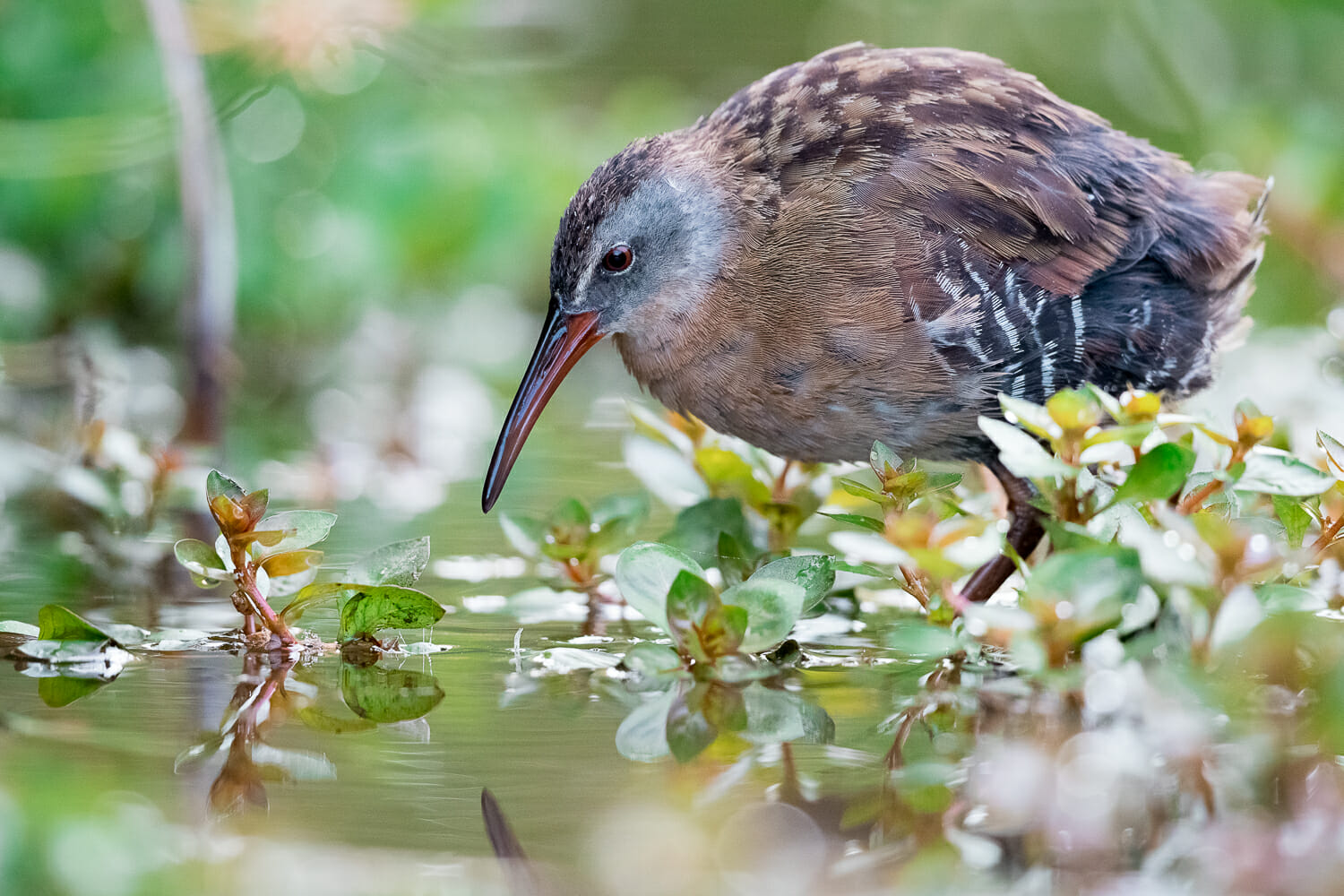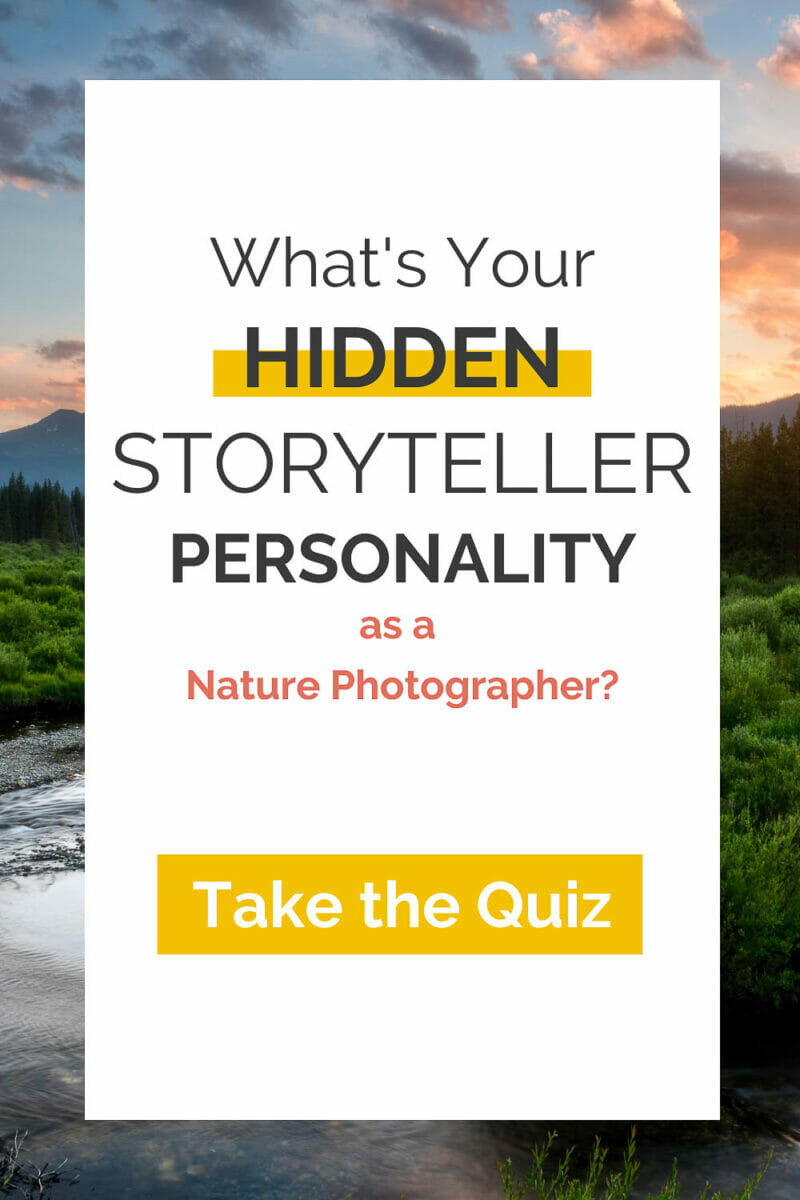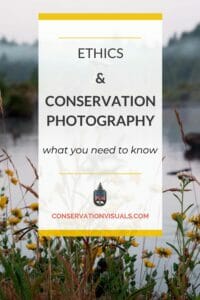Read Time: 5 minutes
As photographers, it's our responsibility to tread carefully, respecting the boundaries between us, our wild subjects, and the habitats they call home.
When we revere wildlife and wild spaces, we open ourselves up to empathize with their struggles and triumphs.
This translates to making powerful photos that resonate with the hearts of our audience.
Our photography becomes a bridge, connecting people to the natural world and inspiring them to join the conservation movement.
So, when you think about it, holding a high ethical bar for yourself as a conservation photographer is a win-win-win opportunity.
There's no question that ethics is often a sticky topic, and there are swaths of gray to navigate. However, there are fundamental guidelines you can always keep in mind and use as touchstones when making decisions in the field.
In this article, we'll explore ethical guidelines in nature photography, addressing issues such as animal welfare, environmental impact, and our photographic responsibilities.
We'll also delve into unique considerations for conservation photography.
What is ethical nature photography?
Ethical nature photography is a practice that respects both the subject and their habitat. It involves capturing images without causing any harm, distress, or disruption to animals or their ecosystems.
In short, ethical nature photography is about being aware—both of our environment and our impact on it—and using that awareness to make photographs that follow the simple principle of “do no harm” as much as possible.
The goal of ethical wildlife photography is to document animals as they are, going about their daily lives undisrupted. This means striving to be as unobtrusive and flat-out boring to them as possible. Consider it a significant achievement when you're utterly ignored.
Ethical guidelines in nature photography
Ethics in nature conservation photography involves making decisions in the field that respect both the subject and their habitat while still capturing powerful images that move people to action.
The topic can feel like a long and winding rabbit hole to tumble down because the precise guidelines you need to follow may shift slightly depending on the circumstance, the species, and more.
For instance, baiting animals for a photo is a big no-no. Yet, you may find yourself photographing the work of researchers who use this strategy as part of a carefully-designed study protocol. Documenting science is one thing; baiting animals for your own photography wins is another.
Ultimately, following ethical practices requires common sense and frequent check-ins on your moral compass. And that compass is tuned in on three pillars:
1. Animal welfare
Disturbing wildlife can have devastating consequences for the animal, their habitat, and the ecosystem as a whole. Prioritize the well-being of your primary subjects and all creatures you encounter while on location, avoiding actions that may disturb, stress, or endanger them.
This includes:
- Maintaining enough distance so that you essentially go unnoticed. This allows wildlife to behave naturally, which respects their autonomy and natural cycles – like resting and obtaining food – and maintains integrity in your shots. If an animal shows signs of distress, move back or leave the area.
- Don't feed or lure wild animals with food (or any other type of lure) to get a shot. This can be extremely harmful to their well-being and can compromise their life. Also, take great care when approaching potential food sources, like carcasses.
- Avoid using artificial light whenever possible, as it can be disruptive. Avoid using flash on sensitive subjects unless it's a flash with a filter that only lets infrared light through. Particularly avoid artificial light or use of a flash on nocturnal wildlife when it's dark outside.
- Do not approach or disturb newborn or young wildlife, whether parents accompany them or not. Don't disrupt dens or nests.
2. Environmental impact
Minimize your footprint on the landscape by sticking to designated paths to prevent damage to fragile habitats. Follow the “leave no trace” ethic – always take your trash out with you and leave natural features undisturbed.
A few other recommendations include:
- If parking a vehicle, park safely off the roadway while keeping your tires off plant life.
- Only go where you're allowed. Observe closure signs and stay on public roads, trails, boardwalks, and raised platforms where they exist.
- Don't break, cut, or remove parts of a plant or alter the environment to “improve” your shot.
3. Honest representation
Present your images authentically, avoiding excessive manipulation or staging scenes that misrepresent the reality of the subject or situation. For our audience to trust us and be genuinely inspired to act, we must maintain our integrity and show them the world through an unfiltered lens.
Keep in mind:
- If your photo is of wildlife in captivity, inform your audience and explain the circumstances. If, for example, you're sharing an image of an animal recovering in a rehabilitation facility, include the organization's name to help bring attention to its excellent work.
- Be thoughtful in creating image captions. For assistance in captioning, refer to the Truth in Captioning guidelines issued by the North American Nature Photography Association.
- In your images, think about ethics and potential ethical perceptions. How might a viewer perceive the photo and how it was captured?
Conservation photography often means documenting threatened species and/or scientific research. With that comes important responsibility for how you create and share images.
Unique considerations for conservation photography
Conservation photography brings its own set of complexities and nuances, particularly when it comes to photographing endangered species, sensitive habitats, or the work of scientists in the field.
Here are some key considerations all conservation photographers should keep in mind:
Respect regulations and restrictions
Follow any rules or guidelines set by wildlife authorities, park rangers, property owners, or land managers. You can inform them of your presence and purpose for visiting when appropriate.
Collaborate with experts
Work closely with local experts, scientists, and conservationists to better understand the subjects and ecosystems you're photographing. This collaboration ensures your work is accurate, informative, and respectful of the environment and its inhabitants.
Research and plan
Arm yourself with knowledge about your subjects and their habitats. Understand their behavior, breeding patterns, and vulnerabilities to minimize disturbance and risk. Research when your subject animals are likely to be most active, and plan your schedule and pack your gear accordingly.
Prioritize the honest story
As storytellers, our mission is to raise awareness and inspire action. The most powerful images tell a compelling story, even if they aren't the most visually stunning.
Balance visual impact with responsibility
While capturing stunning visuals is important, conservation photographers must weigh the potential harm their actions may cause against the benefits of raising awareness for conservation issues.
Share responsibly
Be mindful of how and where you share your images, as they can inadvertently contribute to harmful practices or reveal the location of vulnerable species or ecosystems. To avoid this, remove or hide location data from images of this type before sharing them.
Great resources to check out for more detailed guidelines include:
- North American Nature Photography Association's “Principles of Ethical Field Practices”
- Audubon's “Guide to Ethical Bird Photography and Videography”
Ethical standards in conservation photography are crucial in ensuring that our passion for nature photography doesn't come at the expense of the subjects we aim to protect.
Remember, you aren't giving anything up by following ethical standards. You're actually building something greater than could be made without them.
Having reverence for the wildlife and ecosystems we photograph guides our actions in the field and, importantly, it imbues our images with an authenticity that inspires empathy and action among our audience.
And that is our whole goal in the first place.
Ultimately, we get to lead by example. Through our own sincere respect for nature and ethical standards, we can create unique, engaging visual stories that build deep connections between viewers and the wild world, sparking meaningful change.
What a wonderful thing to be part of. 🦉
“Photographic and video images can reveal great truths, expose wrongdoing and neglect, inspire hope and understanding, and connect people around the globe through the language of visual understanding. Photographs can also cause great harm if they are callously intrusive or are manipulated.” National Press Photographers Association Code of Ethics










